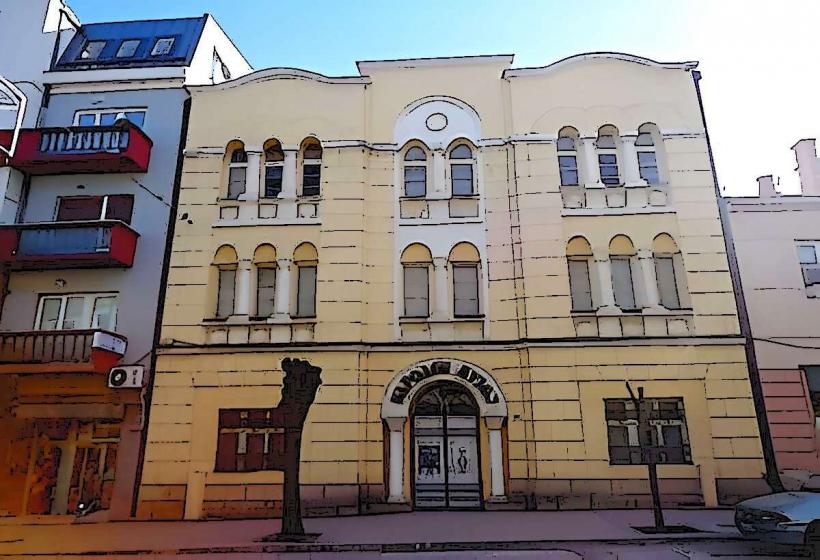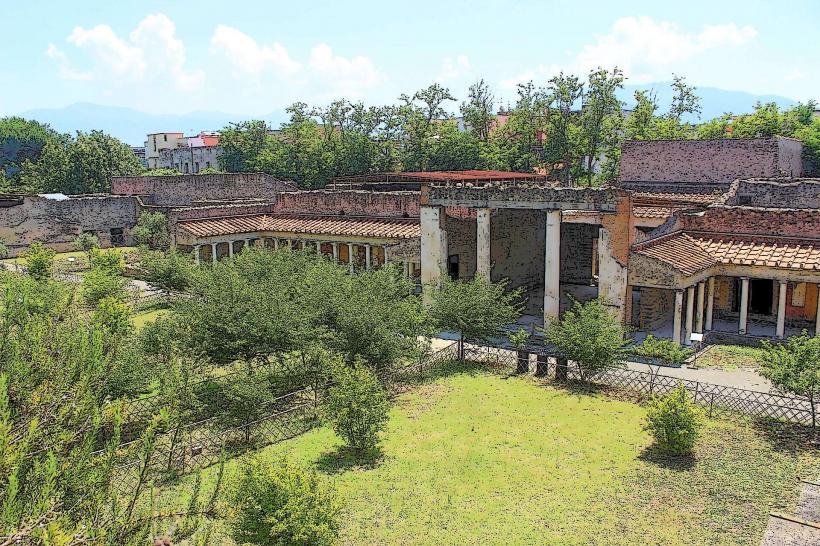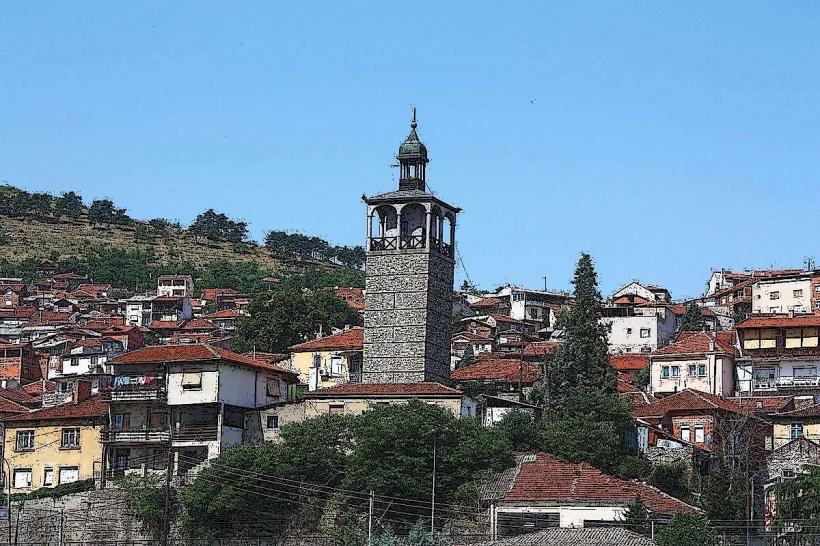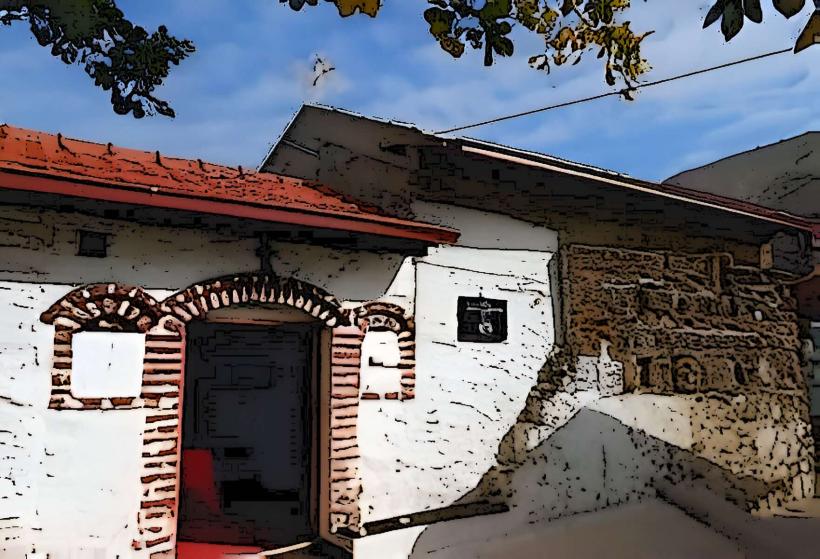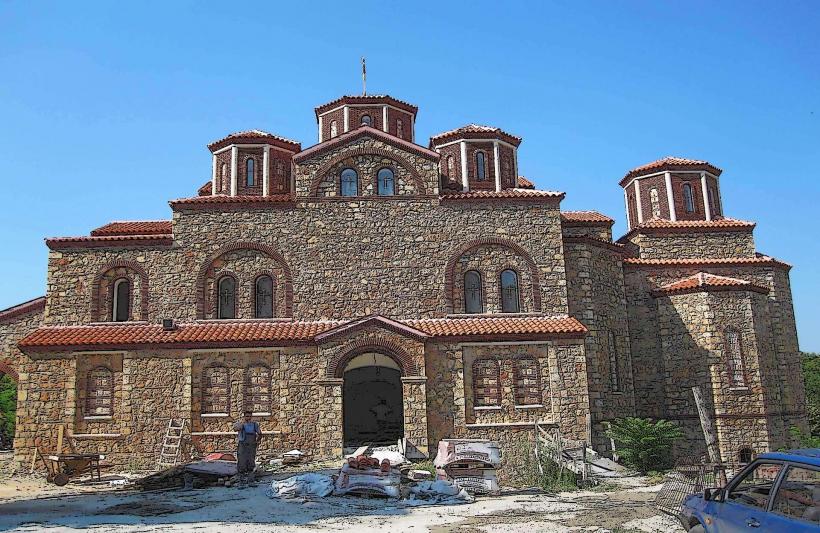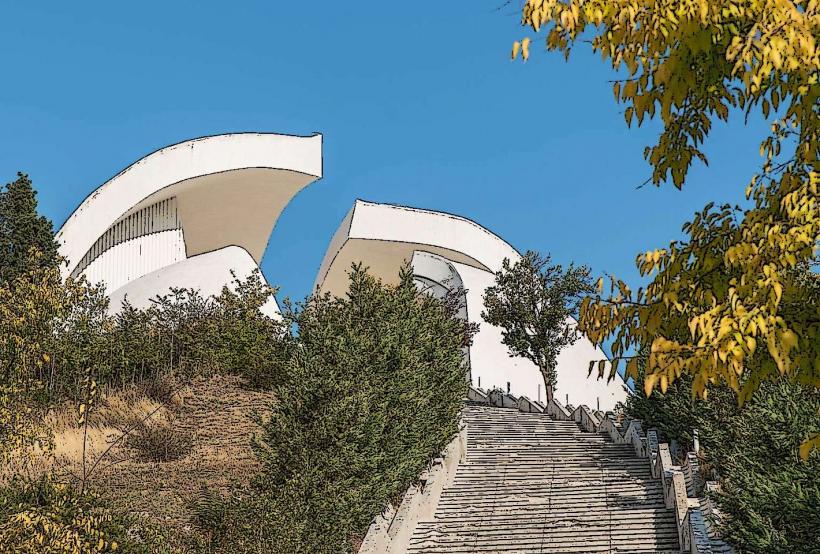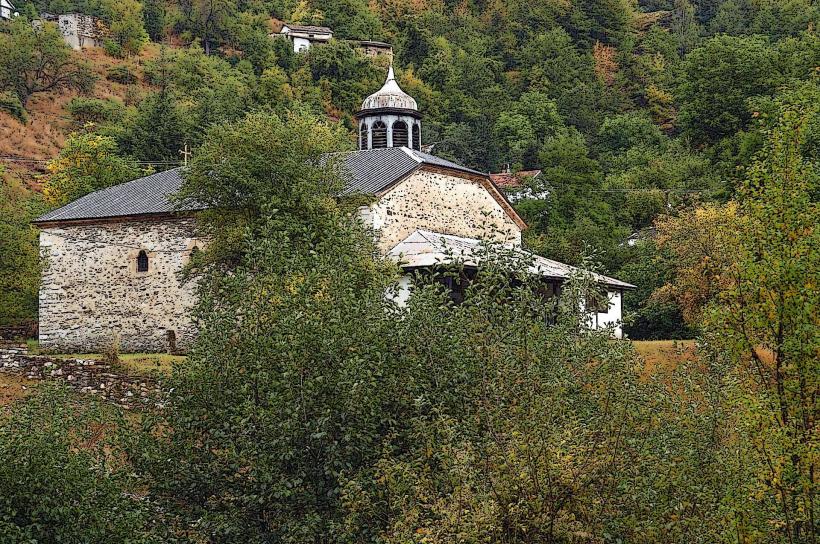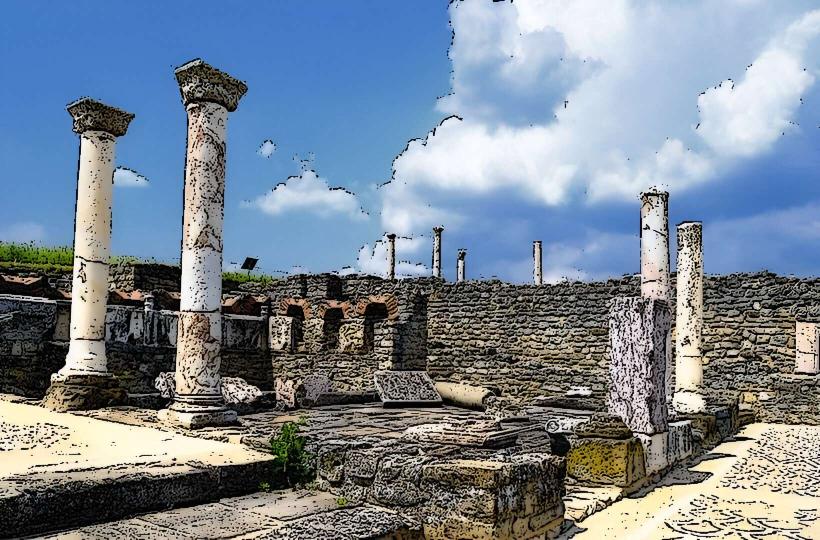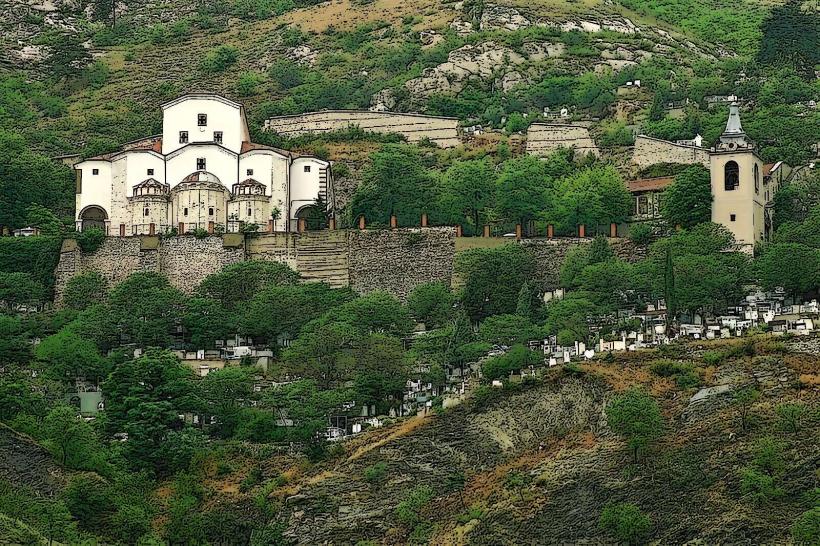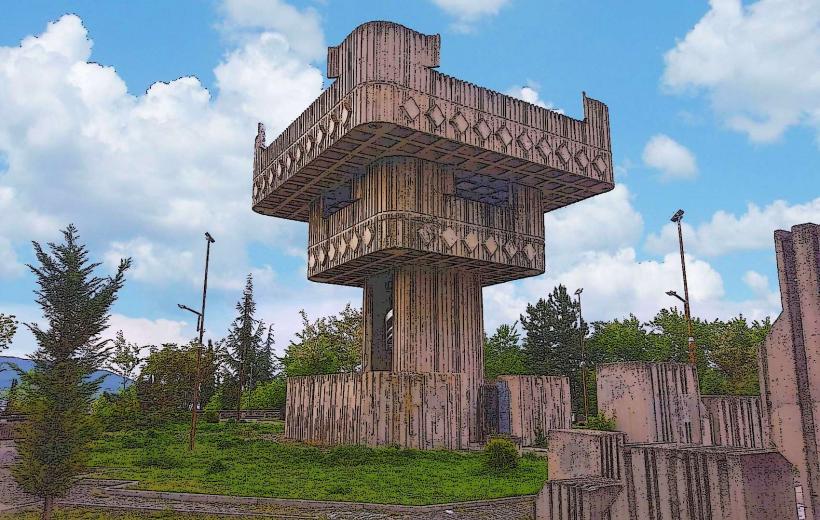Information
Landmark: Fortress of VelesCity: Veles
Country: North Macedonia
Continent: Europe
The Fortress of Veles, also known as Veles Fortress, is an ancient structure located on a hill overlooking the town of Veles, North Macedonia. The fortress offers a glimpse into the region's history, dating back to the Roman period and later utilized during the Byzantine and Ottoman eras. Its strategic location provided a significant defensive position over the Vardar River valley, which was crucial for controlling the surrounding region.
Key Features of the Fortress of Veles:
Location and Historical Context:
- The Fortress of Veles is situated on a hilltop, providing an elevated position with a clear view of the surrounding valley and the town of Veles itself. Its location was chosen for its natural defenses, as the surrounding steep slopes made it difficult to approach from all sides.
- The fortress was built on the site of an earlier settlement, likely dating back to the Roman or Late Antiquity period. It served as a key defensive point in the region for many centuries, and evidence suggests that it was used and fortified by various civilizations that ruled the area.
- The Vardar River, which passes through the town of Veles, played an important role in trade and military strategy, making the fortress a critical outpost for the defense of the surrounding lands.
Architectural Features:
- The Fortress of Veles is characterized by its stone walls, which have largely withstood the test of time. Some sections of the walls still stand today, offering a sense of the scale and strength of the original structure.
- The walls are made of large, rough-hewn stones, typical of medieval fortress construction in the region, with evidence of later additions and modifications from the Ottoman period. The fortress’s layout includes towers and defensive walls designed to protect its occupants from invaders.
- Inside the fortress, there are remains of buildings and other structures, though much of the interior is overgrown or eroded. The layout suggests that the fortress had multiple functions, including military defense, habitation, and possibly administrative purposes during different historical periods.
Historical Significance:
- The Fortress of Veles has served multiple roles throughout history. It was likely first constructed during the Roman period as part of the empire’s efforts to control the strategic areas along the Vardar River.
- During the Byzantine era, the fortress was expanded and reinforced, serving as a key military outpost to defend against invasions and raids from neighboring regions. The Byzantines likely used the site as a fortified stronghold for soldiers and supplies.
- Under the Ottoman Empire, the fortress was further renovated and used for administrative and military purposes, although its importance began to decline as the Ottoman Empire moved its center of power and shifted focus to other regions.
- The fortress is part of the long history of fortifications in the region, and it offers insights into the military architecture of the Roman, Byzantine, and Ottoman periods in the Balkans.
Excavations and Preservation:
- Excavations at the site have revealed important archaeological finds, though much of the fortress remains unexcavated or covered by earth. The stone foundations, wall remnants, and occasional pottery shards suggest the long history of use and occupation at the site.
- Efforts to preserve the fortress are ongoing, as the structure is exposed to weathering and erosion. While the fortress is not yet fully developed as a tourist destination, the site is occasionally studied and visited by archaeologists and history enthusiasts.
- The surrounding area has been partly cleared to allow for better access to the fortress, although there are no significant visitor facilities or infrastructure at this time.
Visitor Experience:
- Visitors to the Fortress of Veles can hike to the site, as it is located on a hilltop. The journey to the fortress offers an opportunity to enjoy scenic views of the Vardar River valley and the surrounding region.
- Though the site is not heavily developed, visitors can explore the walls, towers, and remnants of the structures that remain, offering a taste of the fortress’s historical grandeur.
- Due to its relatively undeveloped status, the fortress provides a more authentic and rustic experience for those interested in medieval architecture, archaeology, and history.
Cultural and Educational Value:
- The Fortress of Veles is an important symbol of the region’s long history of military and cultural exchange. It offers insights into the role of fortifications in the strategic control of the Vardar River corridor and the defense against invasions and conflicts throughout history.
- For those interested in learning about Roman, Byzantine, and Ottoman history in North Macedonia, the fortress serves as a tangible connection to the past. It complements other historical sites in the region, such as Heraclea Lyncestis and Roman Villas, which offer further understanding of the area’s significance during antiquity.
Conclusion:
The Fortress of Veles is a significant historical site that stands as a testament to the region's role as a strategic military point throughout ancient and medieval times. Its remnants, including stone walls, towers, and archaeological artifacts, offer a glimpse into the military and architectural history of Roman, Byzantine, and Ottoman rule. Although not yet fully developed for tourism, the fortress provides a fascinating stop for visitors interested in exploring the rich history of Veles and the surrounding region.

